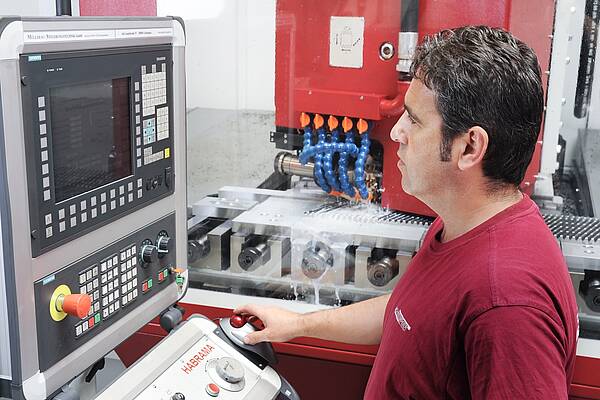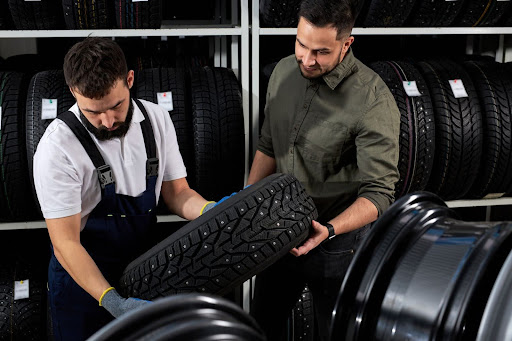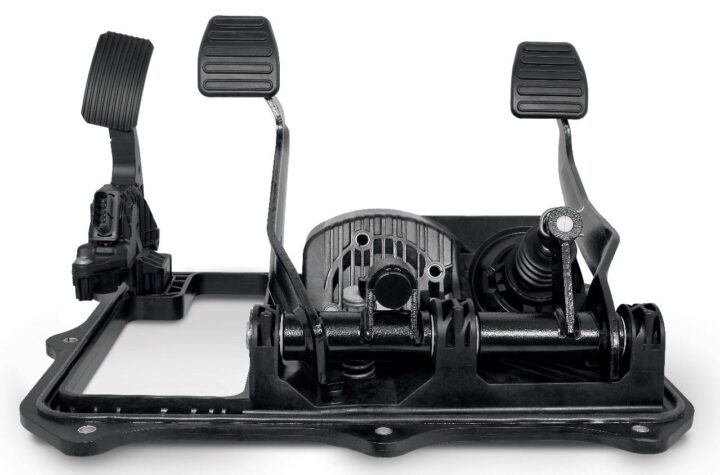
Ever wondered how the seamless linear motion in machinery is achieved? The secret lies in a surprisingly simple yet ingenious component: the gear rack.
Gear racks are the unsung heroes in the mechanics world, transforming rotational motion into linear motion with precision and ease.
Whether it’s in the industrial realm, automotive systems, or even stage productions, the versatility and functionality of gear racks are unparalleled.
Dive into the fascinating world of gear racks with us, and discover how they’re pivotal in a myriad of applications, making complex movements possible in the simplest, most efficient way.
Unveiling the Gear Rack
Imagine a segment of a gear wheel stretched out into a straight line—that’s your gear rack. Unlike the familiar circular gears, gear racks have a flat, linear shape, yet they play a similar role in transmitting motion and force.
The Anatomy of a Gear Rack
A gear rack is composed of a series of evenly spaced teeth, which are designed to mesh with the teeth of a pinion (a small gear). When the pinion rotates, its teeth catch on the teeth of the rack, pushing it in a straight line. This interplay allows the conversion of the rotational motion of the pinion into the linear motion of the rack.
Materials Matter
Gear racks are made from a variety of materials, including metal, plastic, and wood, depending on their intended use. Metal racks, typically made from steel or aluminum, are common in industrial applications due to their strength and durability. Plastic racks are lighter and used where less force is applied or where quiet operation is needed. Wood is less common but can be used in specialized applications, like in certain musical instruments or traditional machinery.
The Mechanics of Motion: How Gear Racks Work
To grasp how gear racks function, envision a bicycle’s pedal and wheel. When you pedal (rotational motion), the bike moves forward (linear motion). Similarly, when a pinion (akin to the pedal) rotates, the gear rack (analogous to the bike itself) moves in a straight line.
Converting Motions
The key to the gear rack’s functionality is its ability to convert rotational motion into linear motion. This conversion is fundamental in many machines, allowing for precise control of movement, such as in CNC machines, where a cutting tool must move along a straight path.
The Role of Teeth
The teeth’s size and spacing (known as pitch) are crucial. They must match perfectly with the pinion’s teeth to ensure smooth operation. Any discrepancy can lead to wear and tear or even failure of the mechanism.
Real-World Applications of Gear Racks
Gear racks are ubiquitous, found in various sectors from manufacturing to entertainment. Here are a few examples:
In the Industrial Realm
- Manufacturing Equipment: Gear racks drive the precise movement of components in machines like CNC routers and milling machines.
- Automotive Systems: They are used in steering systems, allowing for the conversion of the steering wheel’s rotational movement into the linear motion needed to turn the wheels.
Everyday Life and Beyond
- Construction: Heavy machinery, like cranes, use gear racks to ensure accurate, linear movement of loads.
- Entertainment: In stage productions, gear racks help move scenery and props smoothly, enhancing the theatrical experience.
Innovations and Future Uses
The evolution of gear racks continues as they are integrated into robotics and automation. Their precision and reliability make them ideal for robotic arms and automated systems that require exact movements.
Maintenance and Longevity
Just like visiting the doctor keeps you healthy, regular check-ups for gear racks ensure they keep running smoothly. It’s like giving your bike a tune-up so it rides better!
Clean and Lubricate
- Stay Clean: Keep gear racks clean from dust and grime. It’s like washing your hands to keep germs away!
- Lubrication is Key: Oil them up! Just as you wouldn’t ride a skateboard without greasing the wheels, gear racks need lubrication to move without any hitches.
Watch for Wear
- Spot Check: Look out for any signs of wear or damage. If you see something off, like a chipped tooth on a gear, it’s time for a fix or replacement.
- High-Quality Products: Using high quality products means your gear racks last longer and work better, just like good quality sneakers can handle more running!
The Right Fit
Make sure all parts fit perfectly. If things aren’t aligned right, it’s like wearing mismatched shoes – things just won’t go smoothly!
Conclusion
Gear racks might seem like simple components, but their role in converting rotational motion into linear motion is fundamental in countless applications. From the intricate movements in machinery to the steering mechanism in your car, gear racks are integral to making things move smoothly and efficiently. So, next time you see a piece of machinery or even enjoy a theatrical production, there might just be a gear rack working diligently behind the scenes, ensuring everything operates without a hitch.
Whether in heavy industry or in the delicate inner workings of a watch, gear racks prove that even the simplest concepts can drive some of the most complex and essential mechanisms in our world.













More Stories
BRANO and DOMO join forces to replace aluminum with TECHNYL® polyamide
trinamiX – will cars function like Smartwatches in the future?
Motorcycle Defects That Can Lead to Catastrophic Accidents